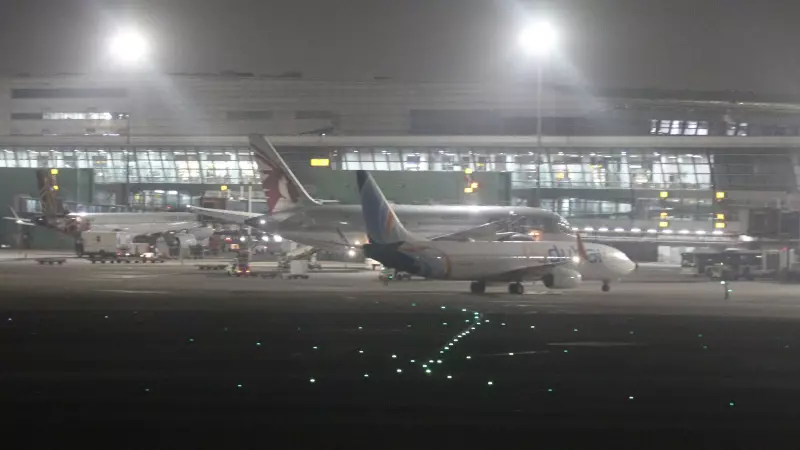
Chaos erupted at Delhi's Indira Gandhi International Airport on Tuesday as a critical technical malfunction in the Air Traffic Control (ATC) system brought operations to a near-standstill, triggering massive delays and leaving thousands of passengers frustrated.
What Exactly Went Wrong?
The core of the problem was identified in the Automation System used by the ATC. This sophisticated system is responsible for managing the intricate flow of air traffic – coordinating take-offs, landings, and the crucial movement of aircraft on the ground. When this system experienced a partial failure, it created a significant bottleneck.
Air traffic controllers, the unsung heroes of aviation safety, were forced to switch to manual procedures. While this ensured safety was never compromised, it dramatically slowed down the entire process. Manual coordination simply cannot match the speed and efficiency of the automated system, leading to a cascading effect of delays.
The Ripple Effect on Passengers and Airlines
The impact was immediate and widespread:
- Massive Flight Delays: Both departing and arriving flights were affected. Some flights were delayed by several hours, disrupting travel plans for countless passengers.
- Long Queues and Crowded Terminals: Airport terminals became packed with anxious travellers waiting for updates on their flights, leading to long queues at check-in counters and boarding gates.
- Domino Effect on Schedules: The disruption at one of India's busiest airports had a knock-on effect on flight schedules across the country and on international routes connected to Delhi.
- Airlines Scrambling: Airlines were forced to issue advisories, asking passengers to check their flight status before heading to the airport and offering support for those caught in the delays.
Safety First: The Uncompromising Priority
Despite the inconvenience caused, aviation authorities emphasized that passenger safety remained the absolute top priority. The decision to slow down operations and rely on manual protocols was a deliberate one, taken to ensure that every aircraft movement was managed with the highest level of safety and precision.
Technical teams worked tirelessly to identify the root cause of the Automation System failure and restore full functionality. While the system was eventually stabilized, the backlog of flights meant that normal operations took several hours to resume.
This incident serves as a stark reminder of the critical role technology plays in modern aviation and the widespread disruption that can occur when a key component, even temporarily, fails.





